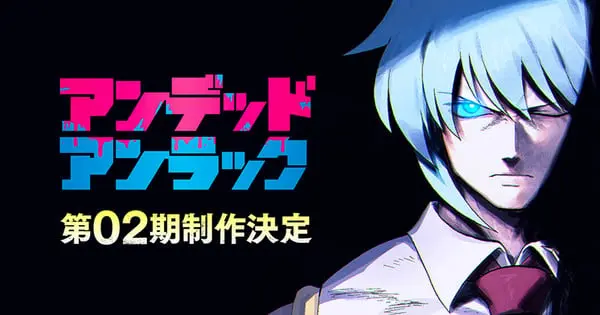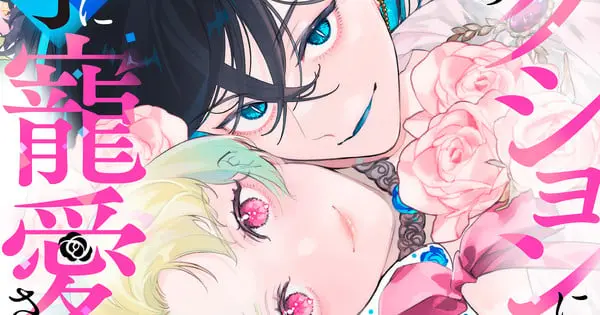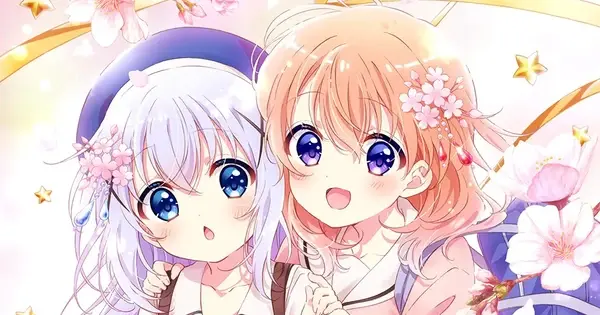Tokyo, Japan – ABC Animation, Inc., a prominent Japanese animation planning, production, and content company and a subsidiary of Asahi Broadcasting Group Holdings Corporation, has officially announced its strategic expansion into the music business. This significant move includes the establishment of its own music label, signaling a deeper vertical integration within the entertainment industry. The newly formed music division has already secured its inaugural major project: producing the opening and ending theme songs for the highly anticipated “Shūkan Ranobe Anime Program.”
This development underscores a growing trend within the anime industry, where production houses seek to consolidate various aspects of content creation, from animation to sound and music, to maximize creative control, streamline production, and diversify revenue streams.
A Strategic Leap into Anime Music Production
ABC Animation, established in July 2016, has built a formidable reputation through its involvement in various anime productions, including the long-running “Pretty Cure” series. The company has also expanded its holdings to include animation studios like Silver Link and Zero G Act, and has recently acquired CGCG Studio and Toysium, solidifying its position as a core animation business within the Asahi Broadcasting Group. The decision to launch an in-house music production arm is a logical extension of its comprehensive content strategy.
Historically, anime production committees, often comprising multiple stakeholders like animation studios, broadcasters, publishers, and music labels, have managed the various facets of a series, including music. While this collaborative model spreads risk and leverages diverse expertise, it can also lead to fragmented control over creative elements and revenue. By establishing its own music business, ABC Animation is moving towards a more vertically integrated model, similar to how larger entertainment conglomerates operate by owning creation, production, and distribution channels. This approach allows for tighter creative synergy between the visual and auditory elements of an anime, potentially leading to a more cohesive artistic vision and enhancing the overall viewer experience.
The benefits of such vertical integration extend beyond artistic control. It enables animation studios to capture a larger share of the profits generated by their intellectual property. Anime theme songs, in particular, are not just promotional tools; they are significant revenue generators through streaming, digital sales, physical media, and live events. By managing music production in-house, ABC Animation can directly benefit from the global popularity of “anisong” (anime songs), which have seen immense growth in streaming and fan engagement worldwide.
The Inaugural Project: “Shūkan Ranobe Anime Program”
The first major undertaking for ABC Animation’s new music division is the “Shūkan Ranobe Anime Program” (Weekly Light Novel Anime). This innovative project is an upcoming Japanese anime television series that adapts four original stories from popular light novel authors and illustrators. The program is set to premiere on July 13, 2025, airing on the Animazing!!! programming block across ANN affiliates, including ABC and TV Asahi. Notably, some of these short anime works were initially released as vertical anime for smartphones on YouTube Shorts in June, with re-edited versions for horizontal screens slated for television broadcast.
The importance of theme songs in anime cannot be overstated. Opening and ending themes are integral to the anime experience, setting the tone, introducing characters, and often becoming synonymous with the series itself. They can evoke strong emotions, build anticipation, and even offer subtle clues about the plot’s progression. The music often transcends language barriers, contributing significantly to the global appeal of Japanese animation.
For “Shūkan Ranobe Anime Program,” ABC Animation’s music arm has announced the performers for its theme songs:
- Opening Theme Song: “Hajimari no Aizu” (Signal of a Start) performed by voice actress Chihaya Yoshitake, marking her debut as a solo artist.
- Ending Theme Song: “Gunjō to Mikan no Kanata” (Ultramarine and Incomplete Beyond) performed by voice actress Ayaka Nanase, featuring Takayuki “Kojiro” Sasaki.
The decision to feature voice actresses for the theme songs is a common practice in the Japanese entertainment industry, leveraging their existing fanbases and multi-talented appeal to further promote the series and its musical offerings.
Implications for the Anime and Music Industries
ABC Animation’s foray into music production reflects broader trends in the Japanese entertainment landscape. The anime industry has experienced explosive growth globally, with streaming platforms heavily investing in anime content and contributing significantly to the market’s expansion. While anime studios are the creative engines, much of the profit has historically gone to production committees, broadcasters, and distributors. By controlling the music aspect, ABC Animation can retain a larger share of the revenue generated by its intellectual property and establish stronger direct relationships with artists and music distribution channels.
This move also signals a maturing strategy within the anime sector, where studios are increasingly looking to diversify their offerings and establish multiple revenue streams beyond just animation production. This can include merchandising, licensing, and now, direct music sales and promotion. The ability to manage sound design and music in-house also streamlines the production process, ensuring a cohesive and high-quality audio-visual product.
The Japanese music market, while traditionally strong in physical sales, is also seeing a significant rise in streaming revenues, making digital music a key growth area. This shift provides fertile ground for anime-driven music, which has proven its ability to gain global traction through streaming platforms and fan communities.
Future Outlook
The establishment of ABC Animation’s music production company represents a significant strategic enhancement to its capabilities. By integrating music creation directly into its operations, the company positions itself to exert greater creative influence, capitalize more effectively on the global popularity of anime music, and diversify its financial portfolio. This move could set a precedent for other animation studios, driving further vertical integration and fostering innovative collaborations between visual storytelling and musical artistry within the burgeoning anime industry. As the “Shūkan Ranobe Anime Program” prepares for its premiere, the success of its theme songs will serve as a critical barometer for ABC Animation’s ambitious new venture into the competitive world of music production.







